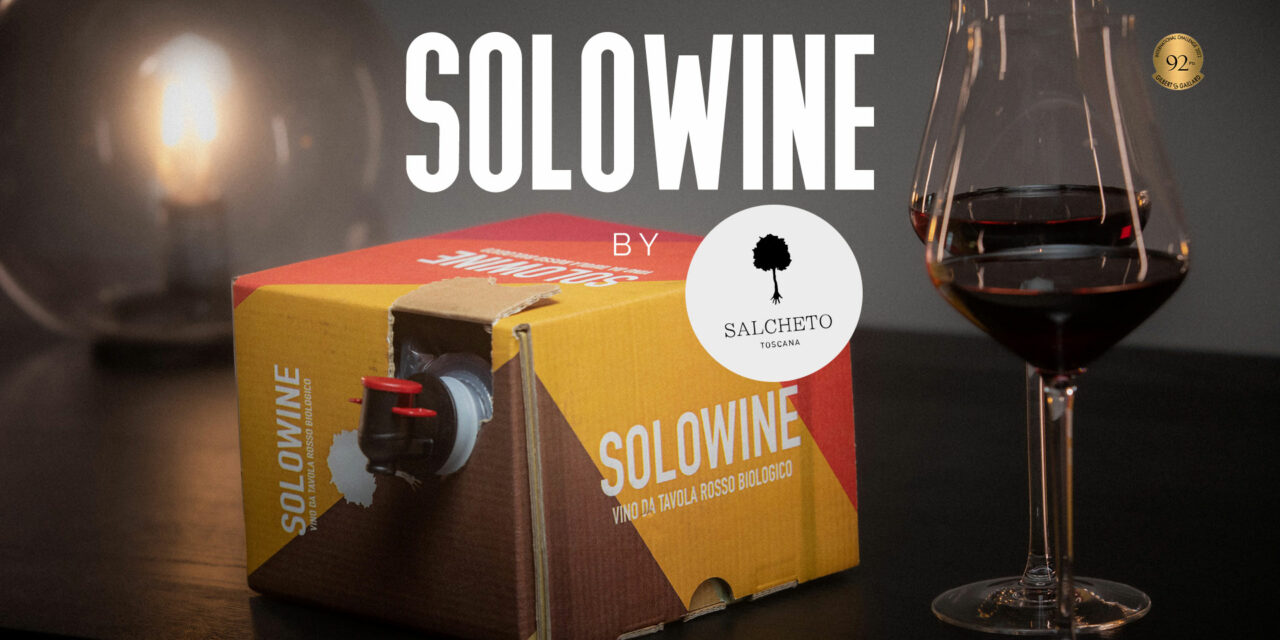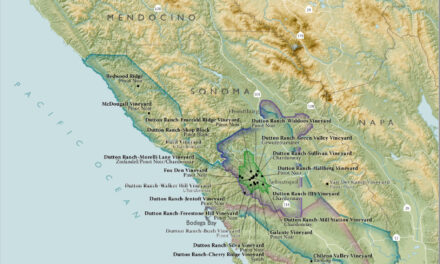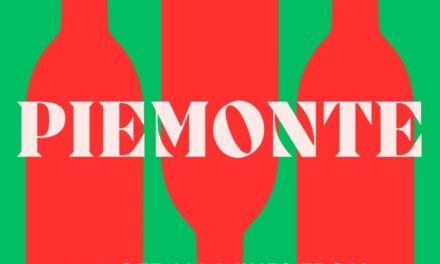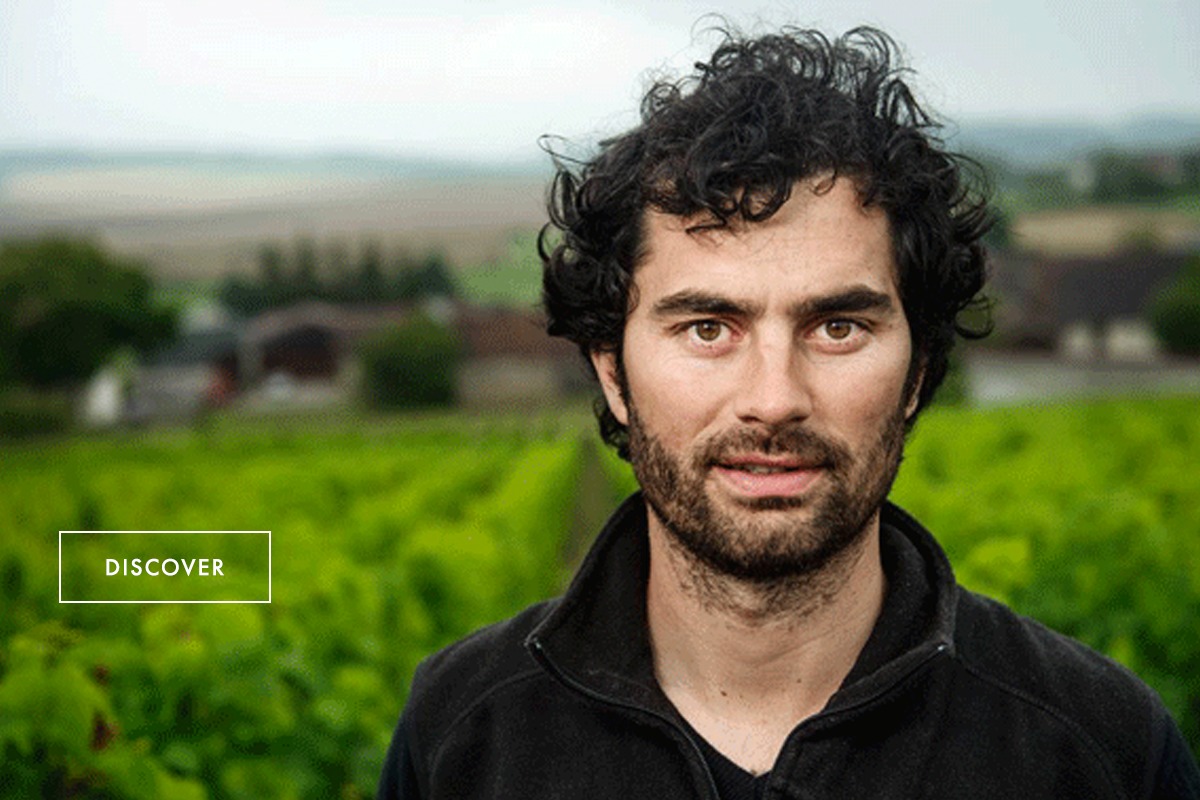Boxed wine you say? Surely you’re not serious?! But we are. And so are many quality-focused, progressive wineries throughout the world. Bag-in-Box (BiB, as it’s known in the industry) has become a growing trend for a variety of reasons in today’s evolving and environmentally-conscious market.
BOTTLES
First, let’s look at the traditional wine format. Like you, we love wine bottles. They can be beautiful, provoking and informative, often an extension of the glorious liquid within. The ritual of opening a bottle of wine is centuries-old, romantic and absolutely rewarding. But what’s also true is that wine bottles are expensive, heavy, breakable and environmentally hazardous. Glass bottles contribute up to one half of most winery’s carbon footprint. And though bottles can be recycled, too often they are not. Reports indicate that as little as one-third of wine bottles are recycled in the United States. And those numbers dip even lower in many parts of the wine-consuming world. And even when glass is recycled, it requires an immense amount of energy to do so.
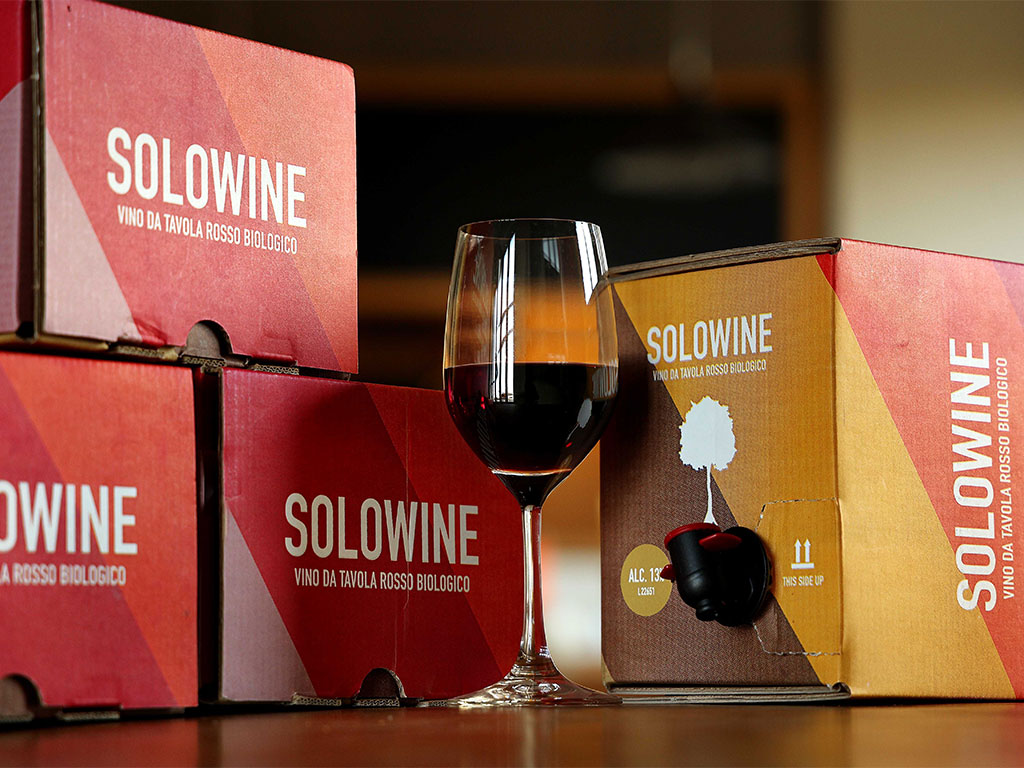
Glass production also requires an extraordinary amount energy and silica, an extremely fine sand that’s been broken down by water and wind over millions of years. The extraction of silica is extremely harmful to local communities and ecosystems, so much so that many environmentalists consider this impact a global crisis.
Bottled wine is heavy. And many consumers still equate a bottle of wine’s weight with its quality. Because of this, many wineries continue to use unnecessarily thick, heavy glass when bottling wine for export. Shipping wine in bottle has a significant impact on a wine’s price. Global freight rates have risen drastically in recent years, compounding the pricing pressure in today’s inflationary market. Not only does shipping wine in bottle affect our pocketbooks, it also has a tremendous effect on our environment. Two-thirds of a wine’s carbon footprint comes from packaging and transportation. Alternative packaging, whether it be BiB, aluminum cans or Tetra Paks, is far lighter and able to maximize space during transport, greatly reducing the wine’s impact on the environment.
BIB
Clearly, alternative packaging like BiB is more efficient and environmentally favourable than traditional glass bottles. There are also several other advantages worth consideration.
- More ‘bang for your buck’. Wineries spend less on packaging, more on wine.
- Zero wastage. Ever only want one or two glasses of wine? BiB is the answer.
- Great on the go. Easily brought to cottages, ski trips, family gatherings.
- Easy to store. Though we all wish we had a temperature-controlled wine cellar, most of us do not.
So why are there so few BiB options these days? The simplest answer is that there is insufficient demand. Consumers continue to eschew alternative packaging in favour of the traditional format. Nearly 75% of all wine comes in a 750 ml glass bottle, as wine drinkers remain tied to the idea that quality wine comes in a bottle. However…
PRESENTING SOLO WINE,
FROM SALCHETO
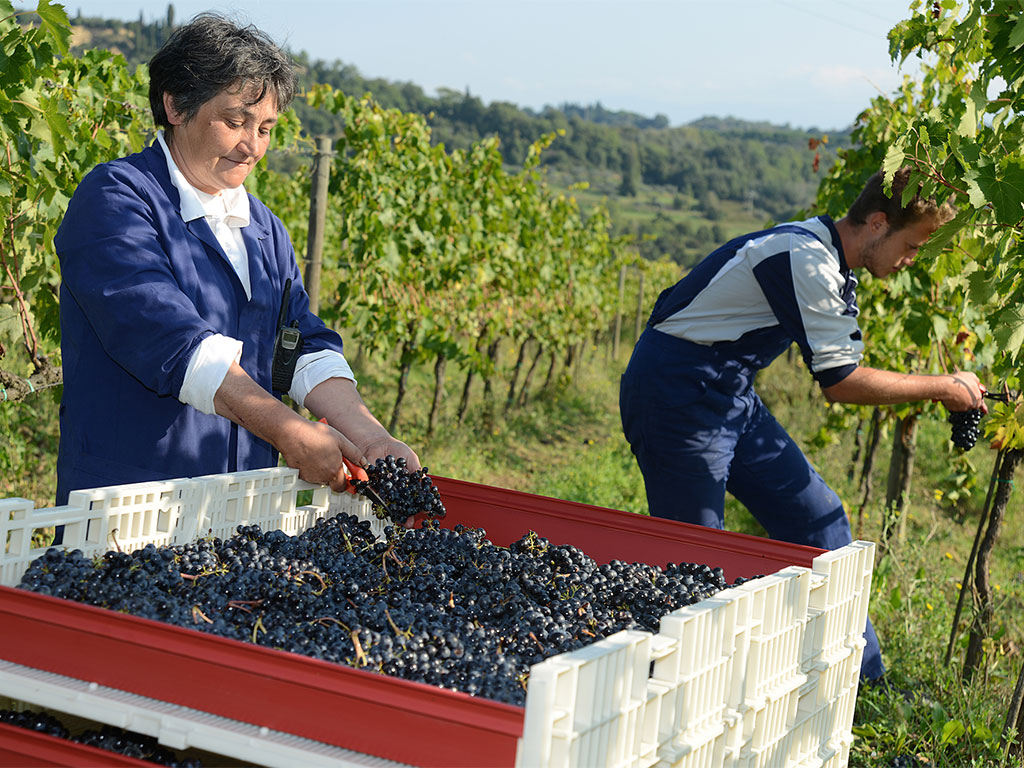
One of the world’s most sustainable and quality-obsessed wineries is doing its part to redefine BiB’s image and dispel the notion that only mediocre wine is packaged alternatively. Solo Wine is a non-vintage, organic red made from the classic Tuscan grape, Sangiovese. The wine is classified as Vino de Tavola, or Table Wine. Instead of a traditional DOC designation, which is restrictive and costly, their efforts went into making the best possible wine for the lowest possible cost.
Solowine is sourced from vineyards in both Chianti and Salcheto’s home estate near Montepulciano. Like all of their wines, it’s certified organic and the vines are farmed using biodynamic principles. The hand-harvested fruit is de-stemmed and sorted before being gently crushed and fermented in tank via indigenous yeasts. 30% of the wine is aged in oak for 1 year. It’s wonderfully aromatic with notes of pomegranate, violets, rich red cherry and sandalwood. The palate is supple and mid-weight, with flavours of raspberry, bing cherry, berry bramble, vanilla and a hint of savouriness that provides complexity and intrigue.
This is a tremendous ‘House Red’ with broad appeal that’s ideal for Autumn/Winter/Holiday pop-ins and parties. This 3L box is the equivalent of 4 bottles of wine and has a reduced carbon footprint of 49%. Once open, Solo Wine will keep well for months. Though we doubt it will last nearly that long…
Enjoy on its own with friends and family or alongside hearty stews, rich pastas and pizza.
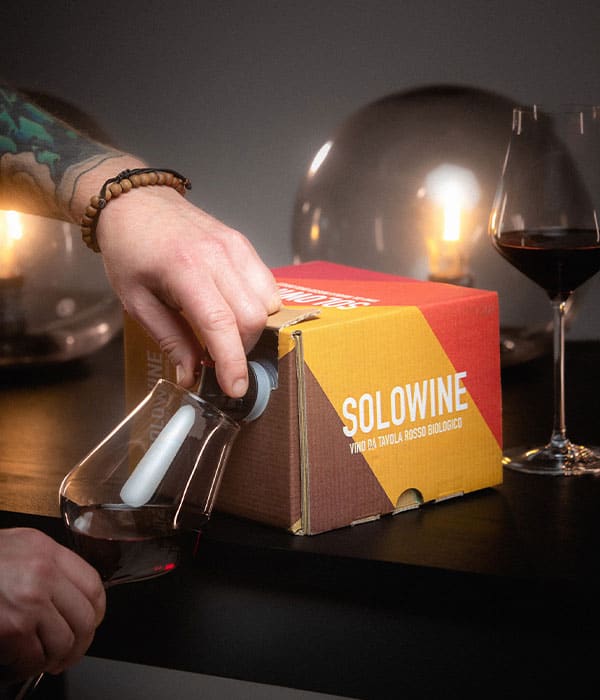
SOLOWINE 3L NV
Red cherry, pomegranate, violets and sandalwood on the nose. The palate is far more structured than one would expect from a box of wine! Noticeable but supple tannins form a solid backbone, while the vibrant acidity tingles. Flavours of raspberry, sour cherry and vanilla, with a touch of bramble and a savoury note, lead to a long, vanilla-inflected finish.
92 Points, Gilbert & Gaillard

